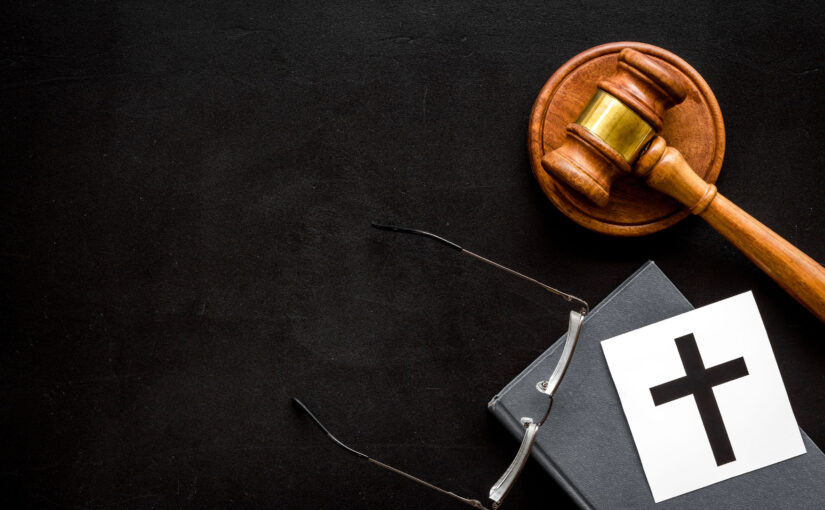U.S. Supreme Court Invalidates COVID Restrictions on Religious Exercise

Just months after the U.S. Supreme Court declined to hear a California religious group’s challenge to COVID-19 restrictions on group worship, the Court blocked such restrictions on religious organizations in New York. The decision, by a 5-4 vote, confirms that the closely divided court has become somewhat unpredictable as to how it will rule on religious exercise questions while balancing First Amendment rights with the need of government to control the spread of COVID-19 in public places, including houses of worship.
In Roman Catholic Diocese of Brooklyn, New York v. Andrew M. Cuomo, Governor of New York (November 25, 2020), the governor had placed restrictions such that in a “red zone,” where the virus risk was highest, worship services could only be attended by 10 people. In safer “orange zones,” up to 25 persons could attend worship services. In objecting to those restrictions, the diocese argued that the restrictions subjected houses of worship to “onerous fixed-capacity caps while permitting a host of secular businesses to remain open in ‘red’ and ‘orange’ zones without any restrictions whatsoever.”
In response, the Court held in its unsigned opinion that First Amendment protections remained in place despite the restrictions on many public activities. “Even in a pandemic, the Constitution cannot be put away and forgotten,” the opinion said. “The restrictions at issue here, by effectively barring many from attending religious services, strike at the very heart of the First Amendment’s guarantee of religious liberty.”
Those dissenting form the majority opinion noted the inherent tension at play when First Amendment rights are challenged by a scenario such as COVID-19. “The Governor might reinstate the restrictions. But he also might not,” Chief Justice Roberts wrote. “And it is a significant matter to override determinations made by public health officials concerning what is necessary for public safety in the midst of a deadly pandemic.”
It was in May that the Supreme Court, by a 5-4 vote, denied an application for injunctive relief from a California Pentecostal church challenging a state executive order limiting religious gatherings to 25% of building capacity or 100, whichever is fewer. In his concurring opinion, Chief Justice Roberts wrote that determining which restrictions are necessary is a fact-intensive, time-sensitive determination reserved for the executive branch of government, not a federal court.
However, in the New York case, the majority retreated from the notion of being deferential to local health officials and instead invoked the sanctity of the First Amendment. “It is time — past time — to make plain that, while the pandemic poses many grave challenges, there is no world in which the Constitution tolerates color-coded executive edicts that reopen liquor stores and bike shops but shutter churches, synagogues, and mosques,” Justice Gorsuch wrote for the majority.
For as long as COVID-19 restrictions are in place, federal courts will continue to be confronted with challenges to those restrictions based on their First Amendment right to the free exercise of their religion. We will continue to follow these cases and assess their impact going forward. For now, it appears that no matter the status of COVID-19, the Supreme Court has ruled that the First Amendment will prevail.
For more information on RLUIPA and similar land use and constitutional matters, please contact Joseph McGill at 734-742-1800. Additionally, please see our RLUIPA primer that provides additional information about RLUIPA.

